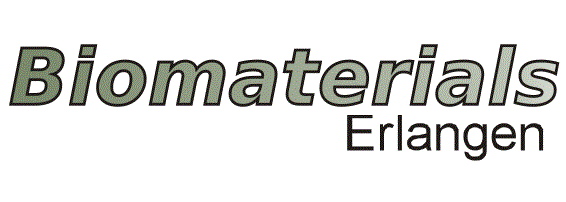Lingyun Deng
Lingyun Deng
Masterstudentin
Surface modification of 45S5 bioactive glass for bone regeneration
Supervisors: Marcela Arango-Ospina, Prof. Aldo R. Boccaccini
Bioactive glass is a synthetic material which forms a chemical bond with bone, and allows the tissue in the defect site to be remodeled over time, restoring healthy bone. This is the result of its bioactive behavior when it is in contact with biological fluids and it is characterized by the formation of a hydroxyapatite layer and the release of therapeutic ions during the dissolution process [1]. It has been previously well studied that surface properties of biomaterials are very important factors controlling the fate of their implantation in vivo [2]. Therefore, exploring different surface treatment methods is of great significance for improving the biological performance of bioactive glasses.
In this study, the effect of different surface treatments on 45S5 bioactive glass will be evaluated in terms of biological behavior and characterized by means of FTIR, X-ray diffraction (XRD), scanning electron microscopy (SEM) and contact angle measurements.
[1] Jones, J.R., et al. (2016). Bioglass and Bioactive Glasses and Their Impact on Healthcare. https://doi.org/10.1111/ijag.12252
[2] Kargozar, S., et al., (2019). Functionalization and Surface Modifications of Bioactive Glasses (BGs): Tailoring of the Biological Response Working on the Outermost Surface Layer. https://www.mdpi.com/1996-1944/12/22/3696

